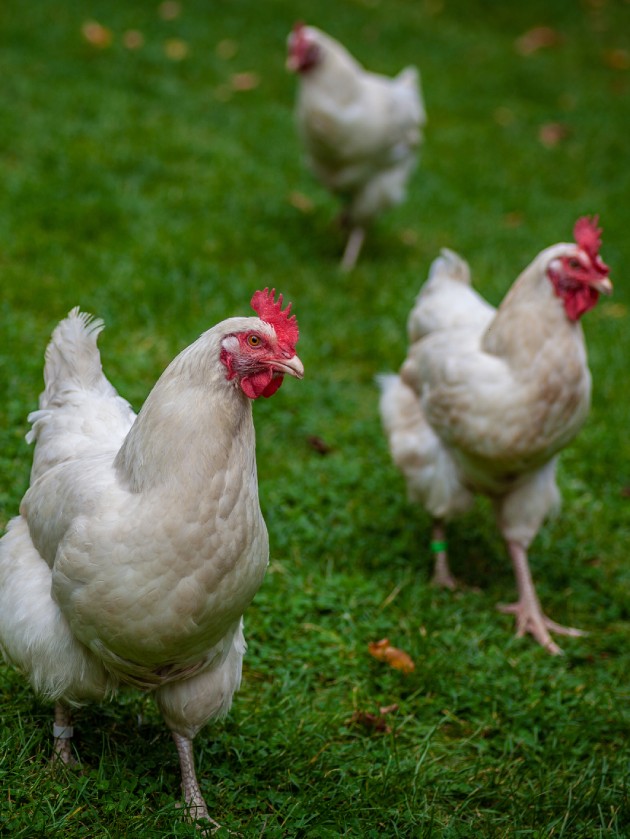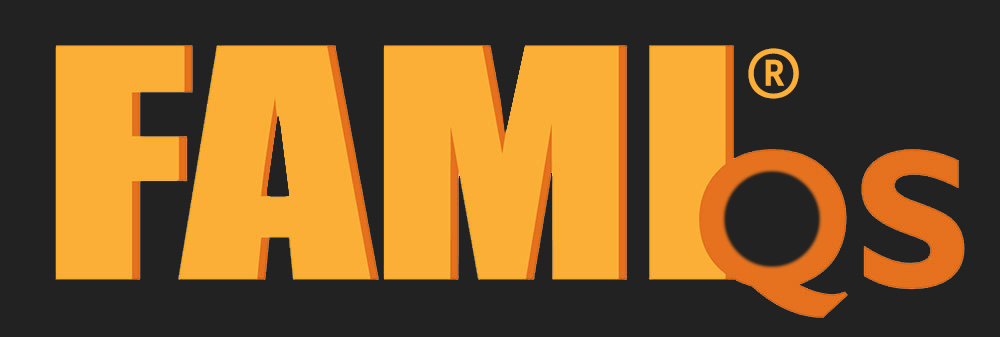What does chelated mean?
What does chelated mean?
In the world of mineral additives how do we distinguish organic ones from inorganic ones?
The organic ones are often called chelates, from the greek word ‘chele’ which means claw. If you take a little time to do a quick research, you’ll find that chelated minerals are usually indicated as easier to absorb than the inorganic ones. But is it for real? And, in practical terms, what does chelate mean?
Let’s start from the beginning. Do animals necessarily need mineral additives? Well, the answer is absolutely yes.
Minerals are very important for some of the essential vital functions and growth functions of every species of farm animals but, unfortunately, they cannot be produced automatically endogenously. So, the only way to integrate them is with alimentation.
Mineral feed additives are particularly suitable for this purpose, as their primary function is precisely that of allowing the best possible synthesis of the mineral.
Great stability
What makes chelated minerals unique is the huge bioavailability ratio that they have compared to non-organic ones. The difference is impressive! While the chelates, in fact, have an absorption rate between 90 and 95%, the non-organic minerals are around 5-30%. This big gap is determined by the great chemical stability that can be reached in a chelation process.
The chelation process occurs when minerals are bonded to an organic ligand to get a ring with “five atoms”. The use of chelated minerals in animal nutrition can bring a wide variety of beneficial effects, such as:
- better fertility
- stress decreasing
- gut problem prevention
- mortality decreasing
- immune system improvement
- bone formation improvement
and much more!
The role of Società San Marco
Società San Marco is one of the few companies able to perform a chelation process in a full ring to get “real chelates”, thanks to his know-how developed in a close collaboration with Parma University.
Check out our feed additives and their key features: https://bit.ly/3PreUgD







